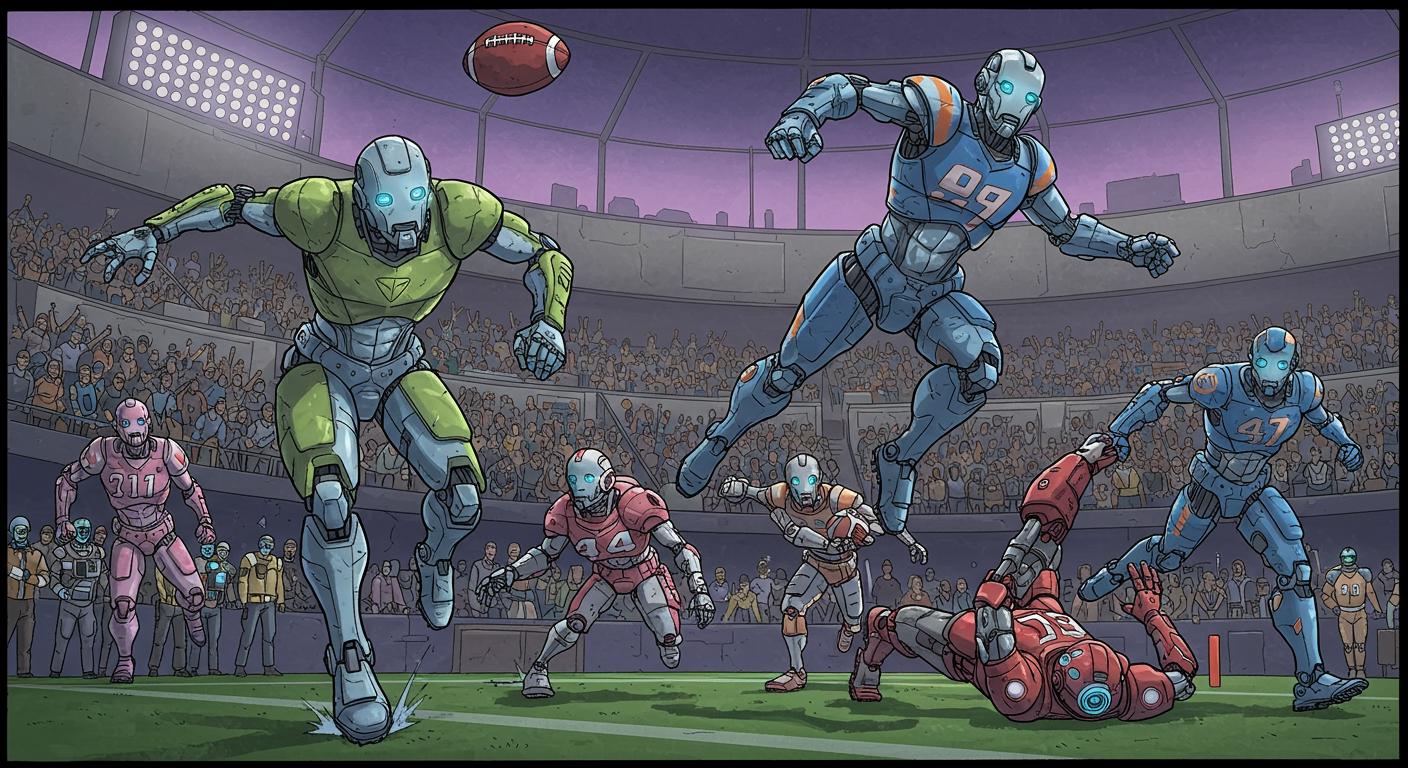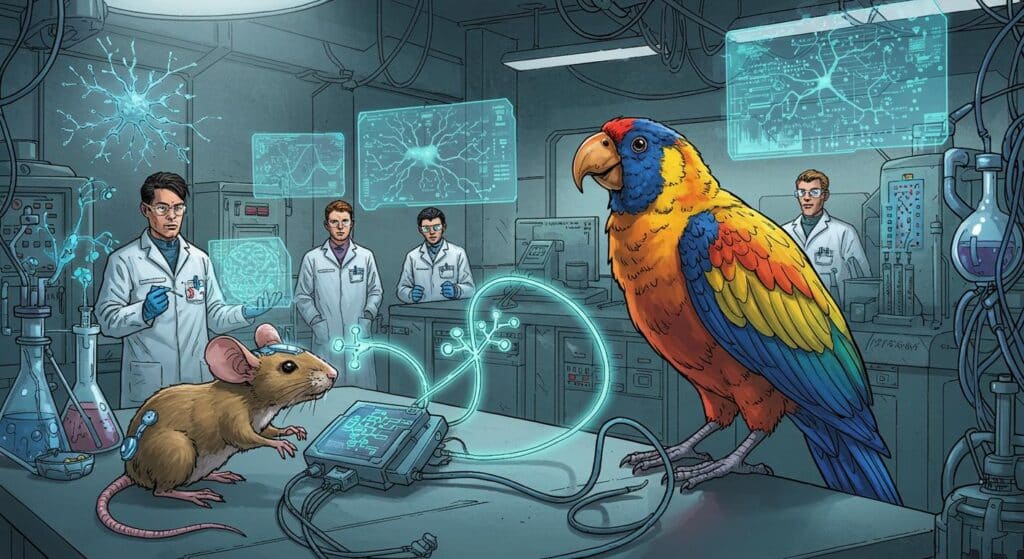It was bound to happen eventually: instead of humans going for gold, we now have scores of robots flipping, lurching, and—at least some of the time—attempting a kind of sportsmanship best described as “heroically uncoordinated.” The world just witnessed its first official World Humanoid Robot Games in Beijing, with more than 500 androids from around the globe gathering to compete, as described in a detailed report by AFP via Barron’s. While other outlets, such as Yahoo, note the growing buzz around these games, Barron’s stands out for its on-the-ground rundown of the action—emphasis, perhaps, on “run” and “down.”
Humanoid Hurdles, Football Fumbles, and a Kung Fu Faceplant
If you imagined a sleek, sci-fi spectacle of robotic whirring precision, you might be a few decades early—or perhaps have spent too much time with 1980s VHS tapes. In scenes chronicled by AFP, bots charged through 100-meter hurdles, squared off in free combat matches, and even attempted kung fu routines. The underlying theme? A mixture of ambition and slapstick. According to the AFP account, the participants alternated between moments of surprising dexterity and what could gently be called “mechanical pratfalls.”
Robot football, that most perennial of showcase events, played out a bit like watching toddlers jostling for a juice box—except this time, the toddlers are five-foot-tall, Bluetooth-enabled, and capable of booting the ball with either superb aim or wild inaccuracy. Spectators, the AFP writers note, were treated to scenes of robots tumbling, colliding, and occasionally scoring a goal that sent their LED “faces” into animated congratulations.
The Science—and Entertainment—of Synthetic Stumbles
Perhaps the most telling detail is how the spectacle is less about flawless athleticism and more about the joy of seeing robots struggle with the basics. As the AFP story puts it, there were breathtaking flashes of genuine robotic prowess, but it was the ungainly falls and uncertain balance that brought the house down, both literally and figuratively. Viewers didn’t witness a polished showcase of the future—they saw the present, full of bugs, missteps, and, unintentionally, comic timing.
This element of the unexpected is not a bug in the program, but a feature. Engineers use moments like these to see how their creations hold up outside the gentle conditions of a lab—a theme acknowledged throughout the AFP coverage. There’s something reassuring in the fact that, for all our dreams of digital perfection, it turns out that robots fall down in public just as eagerly as the rest of us.
From Sci-Fi to Spectator Sport (Kind Of)
It’s tempting to turn philosophical: are we entertained for the same reason we find early moving pictures of train wrecks and pie fights so compelling? Is there a kind of delicious schadenfreude in watching machines, built to surpass us, self-destruct midway through a somersault? The events, as mapped out by AFP, seem to answer with a hesitant yes—even if the answer arrives with a lurch and a loss of balance.
And so the world’s first humanoid robot games conclude with victorious glitches and endearing failures. The top tier of sports entertainment, or a warm-up lap for what the future holds? Either way, the spectacle of robots hurdling, fumbling, and sometimes genuinely shining leaves one lingering question: when a robot finally does stick the landing—will we cheer, or ask ourselves how long until it learns to celebrate along with us?







